Top five questions on the MSU Extension Lawn & Garden Hotline this spring
Check out the top five hot topics to get your quick answer to what might be happening in your yard or garden.

Michigan residents are avidly interested in gardening and finding the right answers to their lawn and garden questions. Michigan State University Extension offers resources for gardeners that provide research-based answers to their questions. Such resources include the MSU Extension Lawn & Garden Hotline (1-888-678-3464) and the Ask an Expert resource. This May, we received the highest amount of Ask an Expert questions ever. This may be due in part to the “Stay Home, Stay Safe” orders and that we’ve only been able to offer the MSU Extension Lawn & Garden Hotline on Mondays, Wednesdays and Fridays from 9 a.m. to noon. Yet the hotline continues to be busy with May’s calls totaling over 153 contacts.
What is the hotline’s top five hot topics being asked? They include:
- What’s wrong with my vegetable transplants?
- Is this poison ivy?
- What’s up with my maple tree and how do I save it?
- How do I get rid of garlic mustard?
- And the very important: Why is soil testing so important and how do I test my soil?
Read on to see if any of these issues are thwarting your gardening or yard improvement endeavors.
Why do my vegetable transplants look sickly?
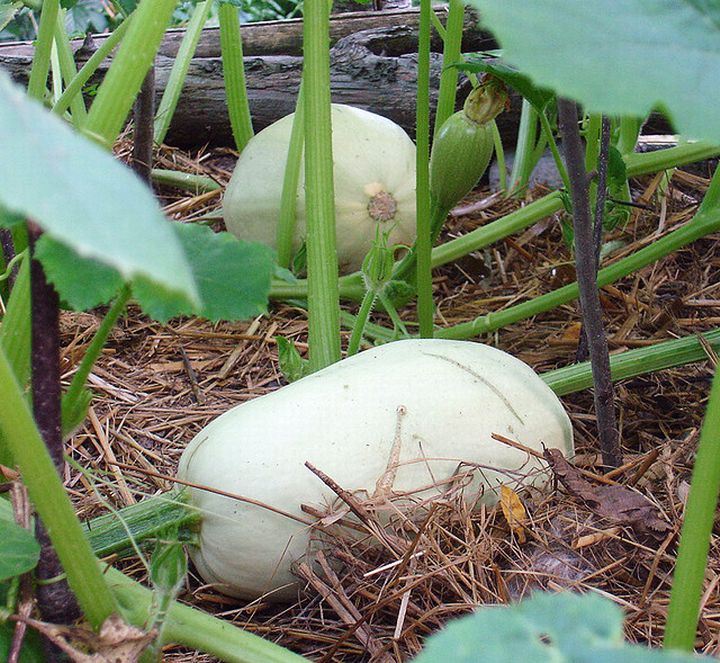
We’re getting many questions about new vegetable transplants and possible problems with them. It’s important to remember that the greenhouse environment or your home environment where you purchased or grew the transplants is not the same as the outside conditions. It takes time for transplants to adapt to a change in environment.
We always suggest hardening off your plants, which simply means slowly acclimating your transplants to the outside environment they will be planted in. Transplant on a cloudy day or later in the day to alleviate additional stress of the hot sun. Be sure to thoroughly water the root ball once you plant them in the ground.
Check out this resource on Smart Gardening: Growing your garden tips to keep your vegetables healthy and productive.
Leaves of three, let them be
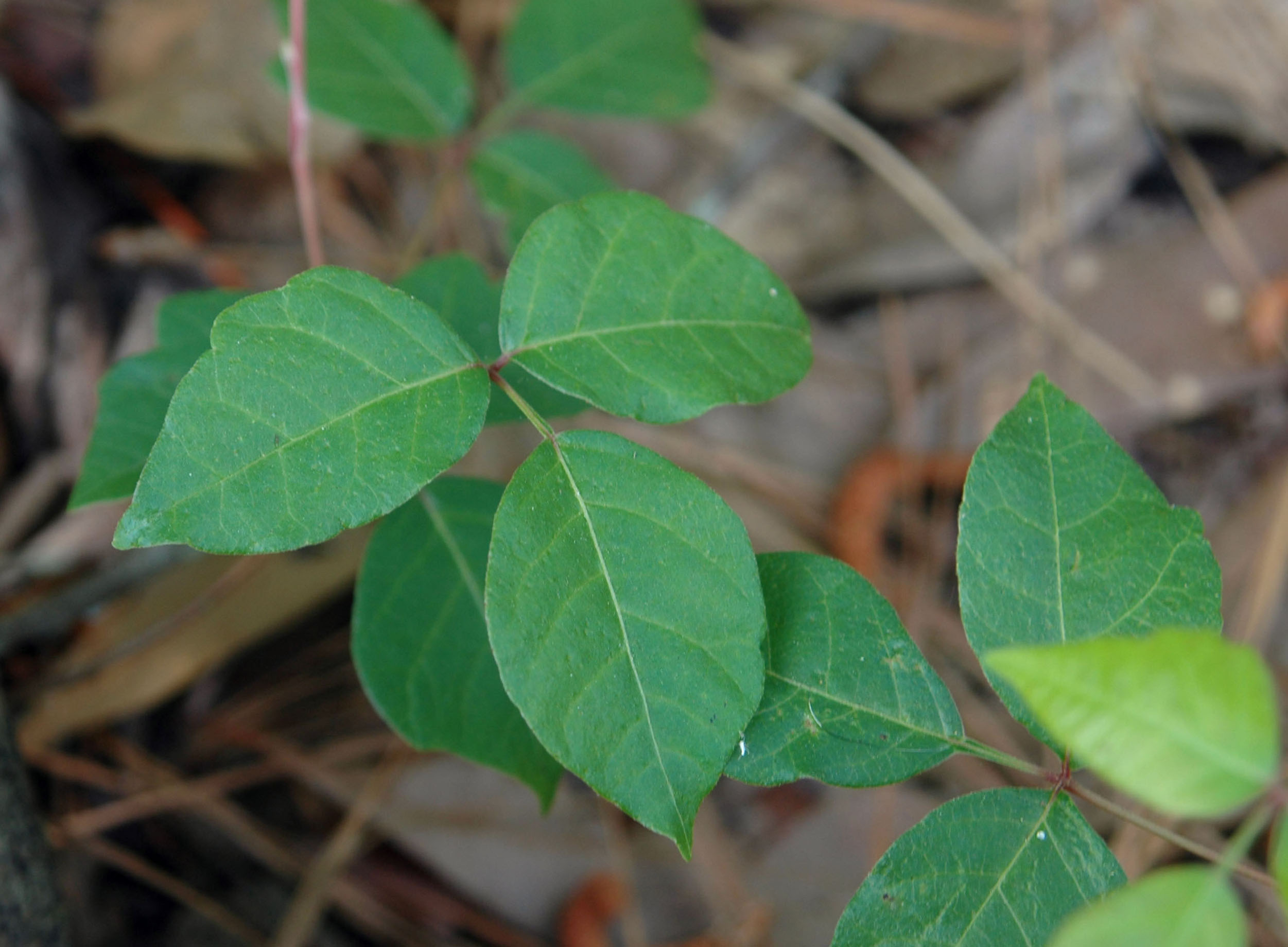
A common saying to help us better identify poison ivy and stray away from touching it, but if we have it in our yards, what can we do to eradicate it? It can grow to some lengths in lower Michigan and become a common scene in many landscapes.
Check out the new MSU poison ivy bulletin that helps you properly identify poison ivy and implement control measures.
Maple mayhem – what’s causing my maple leaves to turn brown?
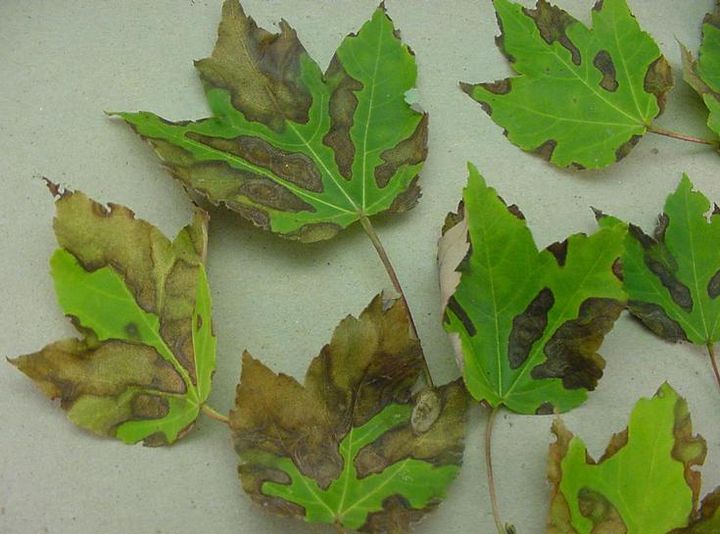
Residents are noticing that their maple leaves may have brown spots on them or the leaves may be falling prematurely from their trees. Others may have yellowing leaves that don’t look very healthy. Many different issues may affect maples from environmental stressors, diseases and pests.
If your maples leaves look similar to the accompanying photo, they may be experiencing anthracnose. Remove and destroy any of the fallen leaves and make sure your tree continues to receive at least an inch of water per week to reduce any additional stress.
Invasion by garlic mustard
If you have a plant that is taking over your landscape, chances are it may be an invasive species. One such invasive that is currently wreaking havoc is the invasive garlic mustard. If this photo looks like what might be growing in your woods, check out “Garlic mustard: Michigan’s worst woodland weed.”
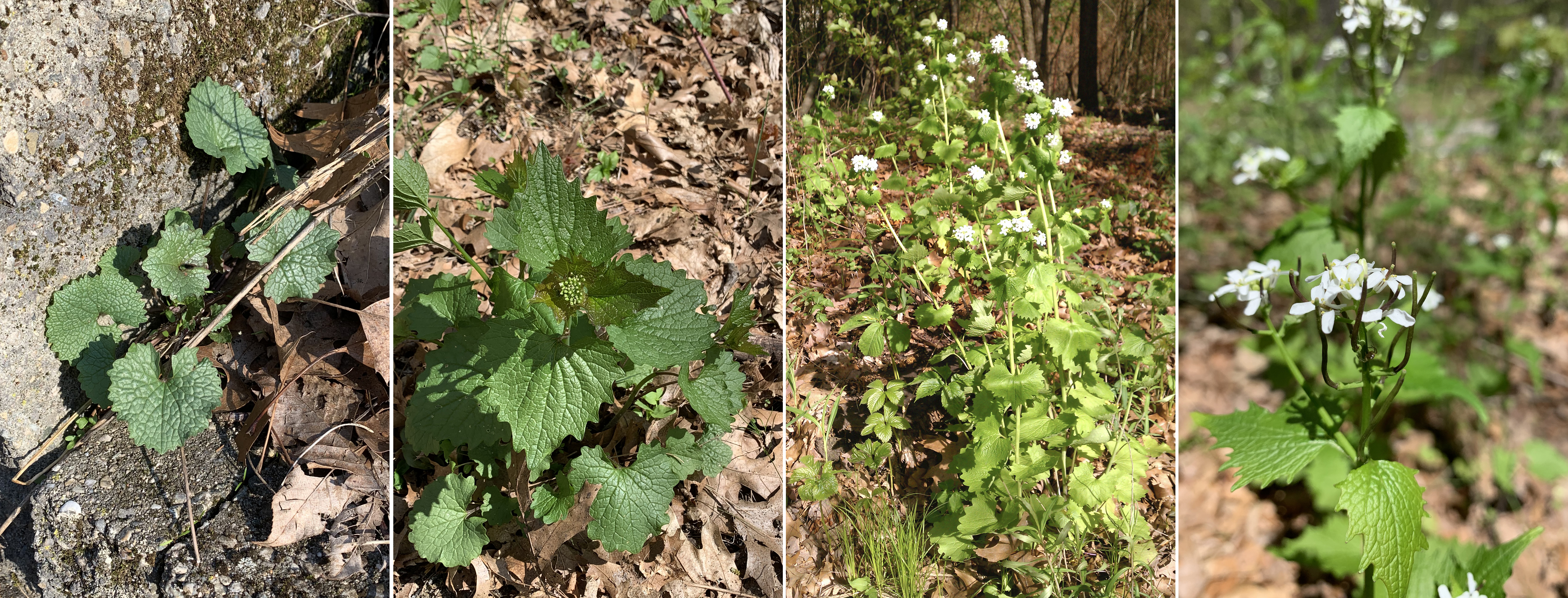
Soil testing – so what?
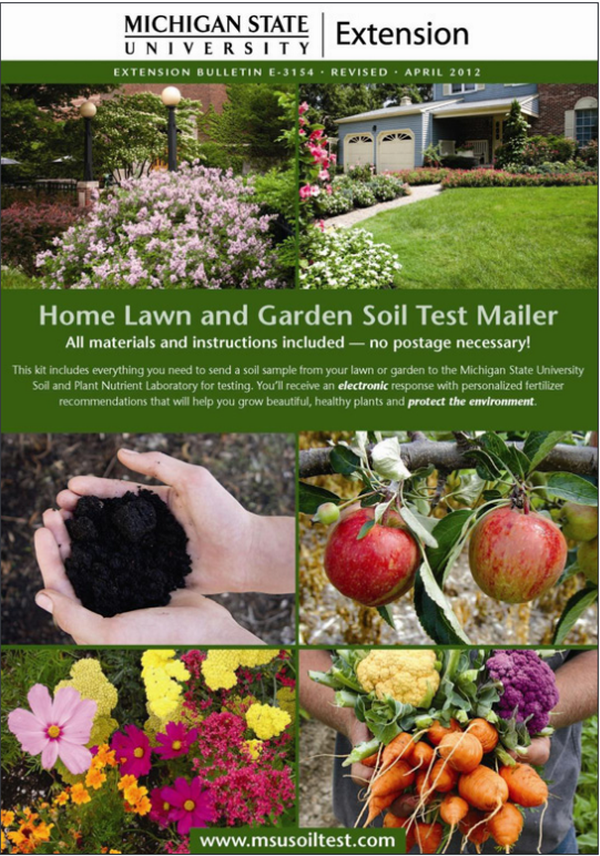
Callers have many questions about what’s wrong with a plant. Often, it starts with the soil. After all, the soil needs to be able to supply the nutrients, water and oxygen required for plant growth. So, if you haven’t gotten a soil test in the last three years or ever, we’re going to suggest you get one. This way, you aren’t guessing as to what may or may not be in your soil, and you are getting the actual results and recommendations tailored to the type of plant you want to grow and your intended site. It certainly is well worth the $26.25 to determine exactly what you will need for success.
MSU Extension also has an online resource to help you interpret your soil test results. You may also call the MSU Extension hotline at 1-888-678-3464 on Mondays, Wednesdays or Fridays from 9 a.m. to noon EST or upload your questions to the Ask an Expert resource.



 Print
Print Email
Email